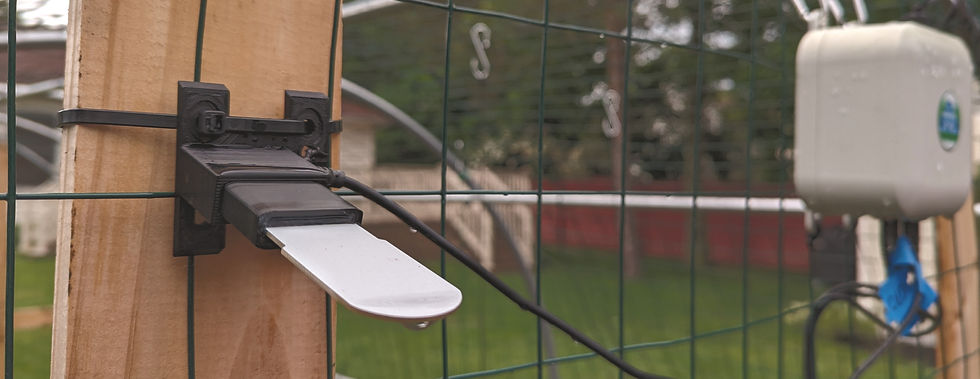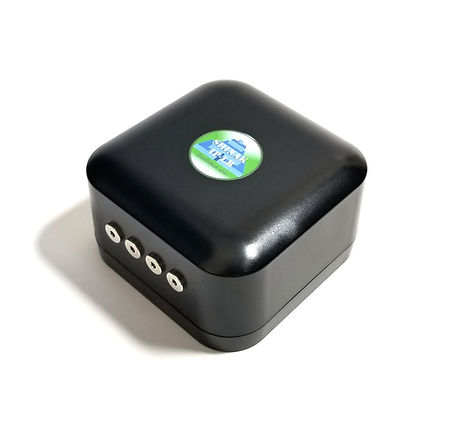Research-Grade Leaf Wetness and Temp Sensor

INSHU LWS
The INSHU LWS (Originally developed by DurUntash Lab, LLC, San Diego, CA) is an ultra-accurate sensor that precisely measures leaf wetness, dew, ice formation, and temperature, and can also accurately detect rain onset/end and heavy fog. Equipped with a temperature sensor and providing temperature-compensated readings, the capacitive (dielectric) INSHU LWS requires no painting, ensuring reliable performance. When combined with EnviTronics data loggers, it determines both the onset and duration of wetness and quantifies the amount of water on the sensor surface. With extremely low power consumption and a unique 64-bit digital ID, it's ideal for IoT applications and easily interfaces with Raspberry Pi. The INSHU LWS empowers informed decisions in integrated pest management (IPM) by optimizing pesticide applications and preventing fruit cracking in orchards..

Features
-
The only accurate and reliable leaf wetness sensor in the market!
-
Dielectric sensor; works out of the box and no painting required
-
Simulates leaf and fruit surface wetness, and detects wetness, dew, rain, ice formation
-
Temperature measurements and temperature-compensated readings (when combined with EnviTronics readout devices)
-
Determines wetness onset and duration (when used with our SHINAK sensor node or proprietary software)
-
Highly sensitive; can detect a single drop of rain or dew formation
-
Ruggedized design; electronics protected by epoxy filling
-
Dedicated reader and configuration software
-
Ideal for IoT applications; 64-bit digital ID and low power consumption
-
Compatible with Arduino; easily interfaced with Raspberry Pi
Capacitive Leaf Wetness Sensor
Resistance gird sensors are the most common type of leaf wetness sensors. Research has shown these sensors need to be painted to have acceptable sensitivity to the presence of water. They are, however, most often deployed unpainted resulting in inaccurate measurements.
The INSHU leaf wetness sensor, on the other hand, is capacitive and designed based on the dielectric concept. It does not require any painting or preparation and all sensors are the same (high sensor uniformity). The sensor acts like a capacitor that can sense the tiniest amount of water condensed or frozen, not only on the surface of the sensor, but anywhere in its sphere of influence.

Temperature-Compensated Readings
Ambient temperature (Ta) is a key factor contributing to the inaccuracy of commercial sensors regardless of their type and application, because Ta changes sensor readings (Related article: "Why Most Leaf Wetness Sensors Are Unreliable and What a Reliable Sensor Should Look Like?"). This can cause false positive readings and even render a sensor useless if temperature fluctuations are large. It is worth knowing that sensor temperature sensitivity also affects the calibration process and contributes even more to the inaccuracy. We have added an accurate temperature sensor to our design to measure Ta and account for its effect on sensor readings. The algorithm takes Ta and raw wetness readings and delivers leaf wetness measurements that are reliably independent of changes in air temperature. This is unique to the INSHU LWS sensor. All other similar sensors in the market provide leaf wetness readings that cannot be used without inspection and interpretation of data by the user for consistency and accuracy. The temperature compensation means sensor readings are accurate enough to not only tell there is water or ice on the surface of the sensor, but how much. The high level of accuracy makes the INSHU LWS perfect for automation projects. The temperature-compensation algorithm resides on all EnviTronics Lab readout devices and data acquisition systems.
Determines both Onset and Duration of Wetness
Leaf wetness can be due to dew, rainfall, or irrigation events. Leaf wetness duration (LWD) is an important variable in plant disease epidemiology and used to quantify pathogens exposure to free water. Many disease warning systems rely on LWD as an input to help determine critical times to spray crops against diseases. The onset of wetness is also an important parameter in pre- and post-harvest crop loss management. The good news is the INSHU LWS is capable of determining both the onset and duration of wetness when used with our data loggers or proprietary software (integration into third party systems).
Great for IoT Applications
A measurement time of roughly 10 ms, low-power requirements (<15 mA @ 3.3 V), and a 64-bit digital ID stored in its on-board ROM make the INSHU LWS an excellent choice for Internet of Things applications. In applications, where small battery is the only source of power, and hundreds of sensors may operate on the same network, our INSHU LWS can save a lot of headaches.
Dedicated Data Logger and Graphical User Interface
To give the user the best experience, we have developed a graphical user interface (SHUSHAN CVI), which can be used for both sensor readings and real-time datalogging and monitoring. The sensor output signal is compatible with most commercial data loggers, but we recommend our SHINAK 4P 4-channel sensor node (series) that is available in standalone and wireless models. You can also take sensor readings using our ISHTAR 1P-BLE Bluetooth-enabled sensor node. If you are interested in electronics and DIY, we also have open-source sensor readers that you can build at home.
Optional Cable Length
The INSHU LWS is available in three cable length options: 1.8 m (6 ft), 3.0 m (9.8 ft) and 4.5 m (14.8 ft). The cable length can also be easily extended using standard 1.8-m, 3-m, and 4.5-m extension adapter cables available from third-party sellers. Please read the INSHU LWS user manual for more information.

Applications
Crop loss management
The surface wetness and temperature of fruit are important parameters in pre- and post-harvest crop loss management. Some varieties of fresh-market fruit, such as sweet cherry, tomatoes and grapes are sensitive to the presence of moisture on fruit surface (i.e. fruit surface wetness), which may lead to fruit cracking/splitting and loss of fresh-market values. For example, sweet cherry faces the challenge of crop loss up to 90% in some varieties due to fruit splitting/cracking from seasonal rains prior to harvest. Sweet cherry fruit cracking caused by rainwater is a major source of financial loss to growers around the globe and especially in the pacific region of the United States. Timely removal of rainwater from fruit surface requires accurate and real-time monitoring of fruit wetness in the field as part of a crop loss management system.
Monitoring, prediction and management of plant diseases
Surface wetness duration is also used for monitoring, prediction and management of diseases in high value crops. Previous evidence has shown that bacteria and fungi are closely related to the humidity and wetness of fruit and canopy, and can be used to determine critical times for chemical spray applications. The surface humidity and temperature of diseased fruit may be different from that of healthy fruits. Quantification of fruit surface wetness and temperature could thus provide a promising way for monitoring and prediction of disease/pests in different crops. A leaf wetness sensor can therefore be a powerful tool to determine when to spray pesticides in integrated pest management (IPM).
If you are interested in learning more about leaf wetness sensors and how they can be used in decision-making, please read our blog post: "How Sensor Technologies Can Be Used for Pest and Disease Monitoring?".
California Proposition 65 Warning
This product may contain chemicals, which are known to the State of California to cause cancer, birth defects or other reproductive harm. Please go to the proposition 65 warnings website for more information.





